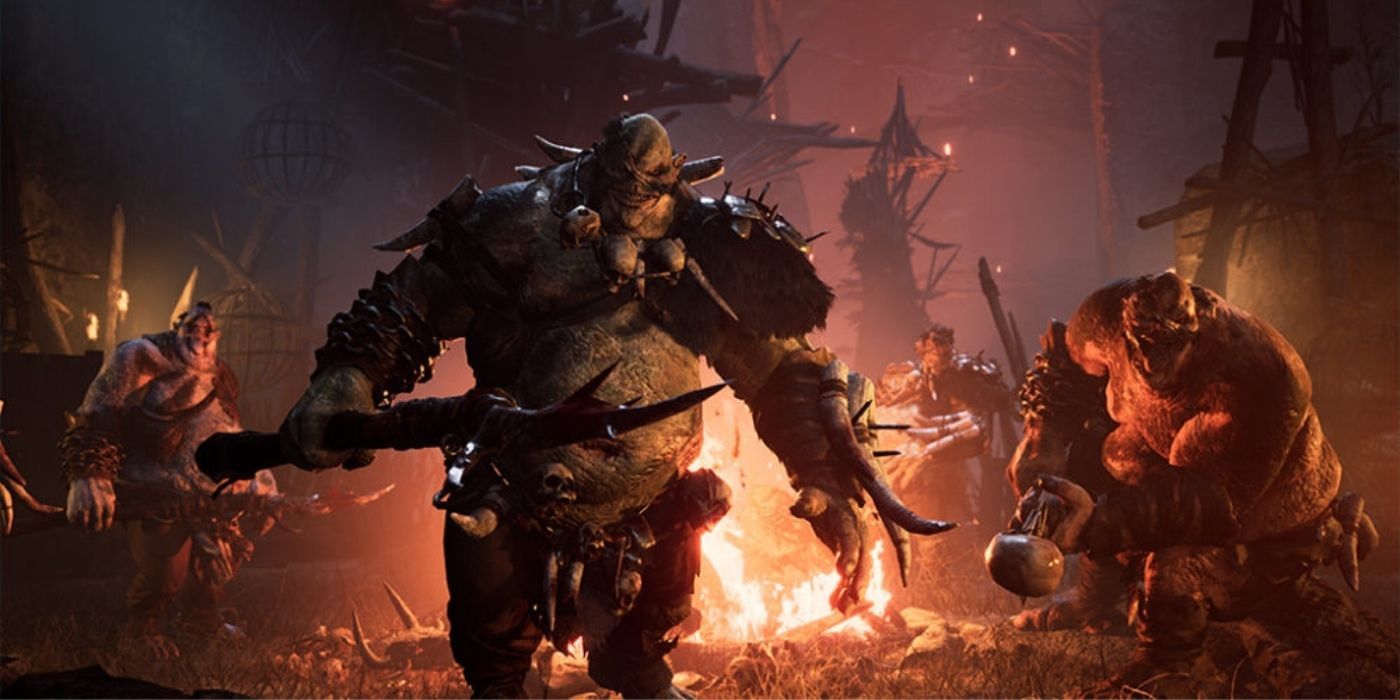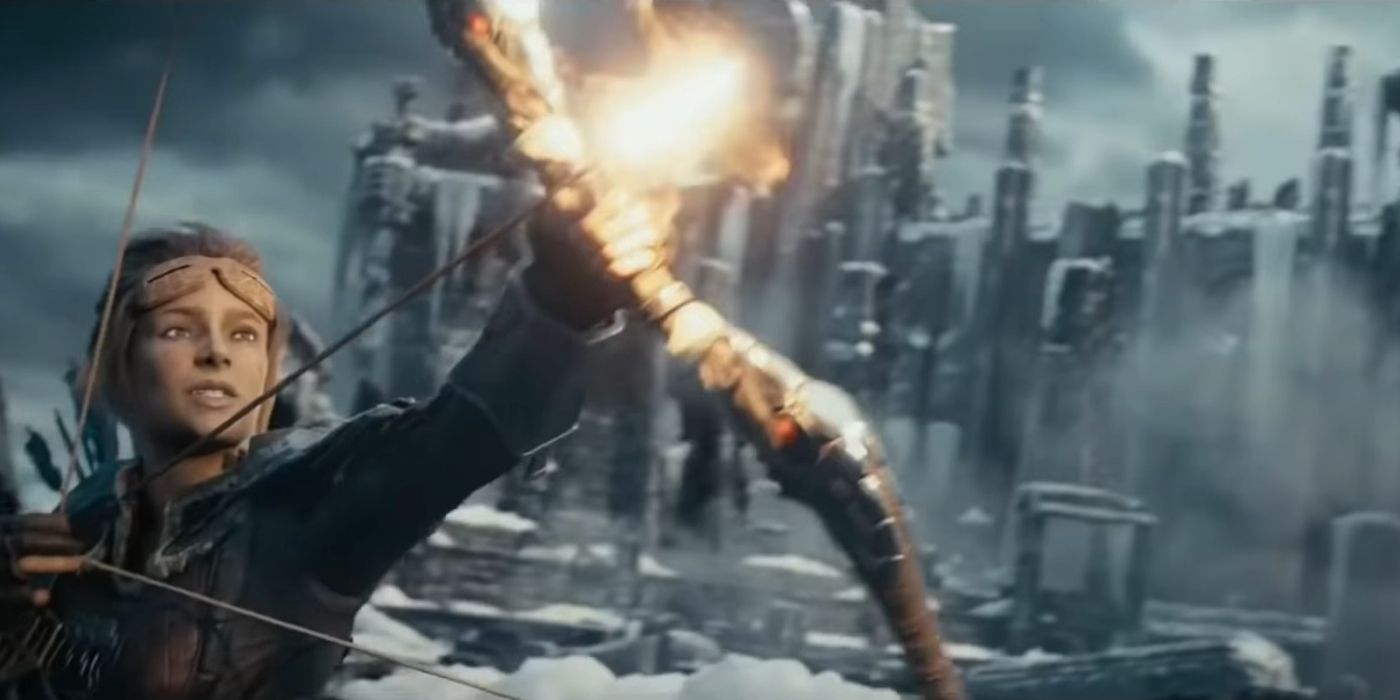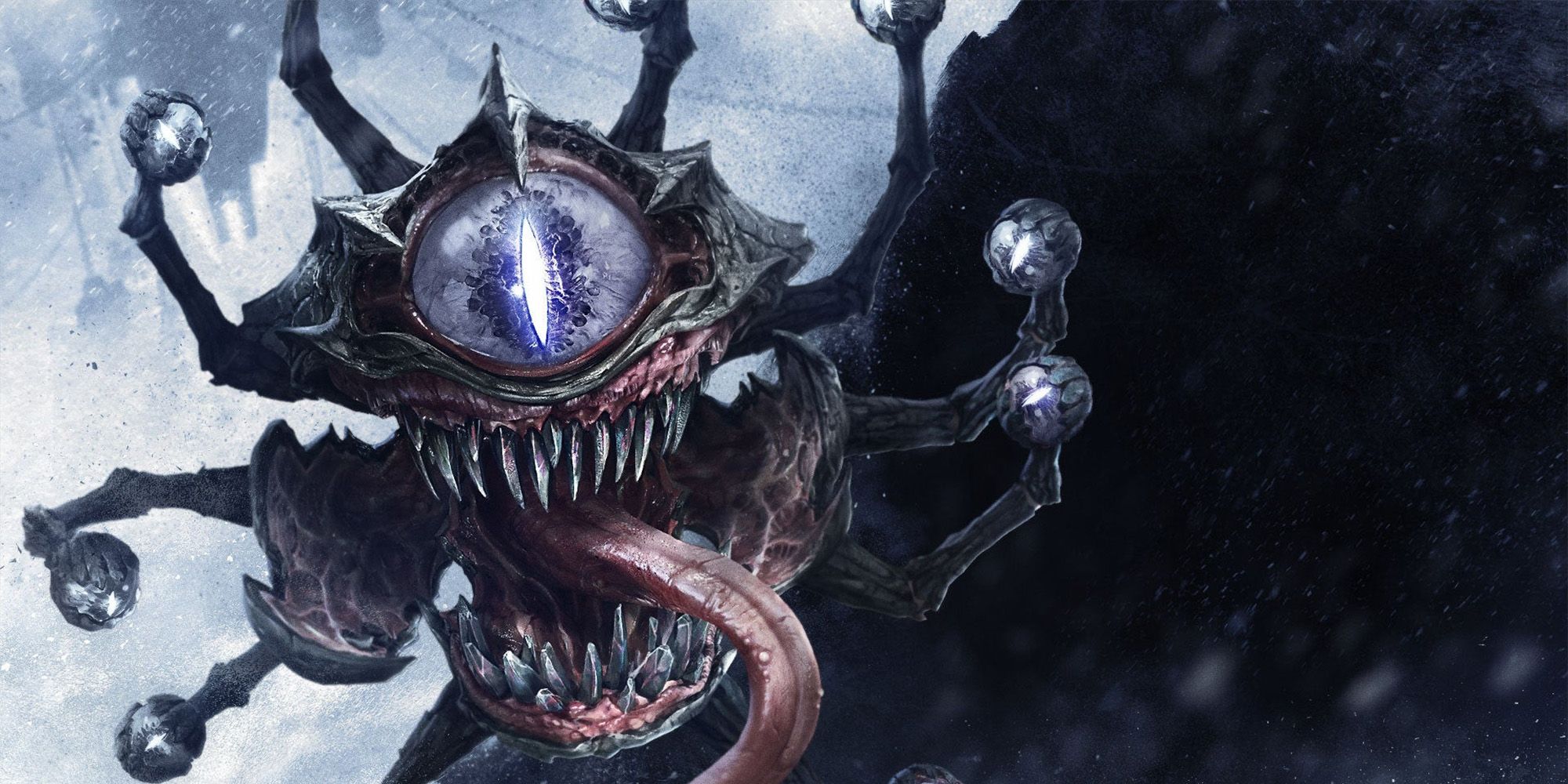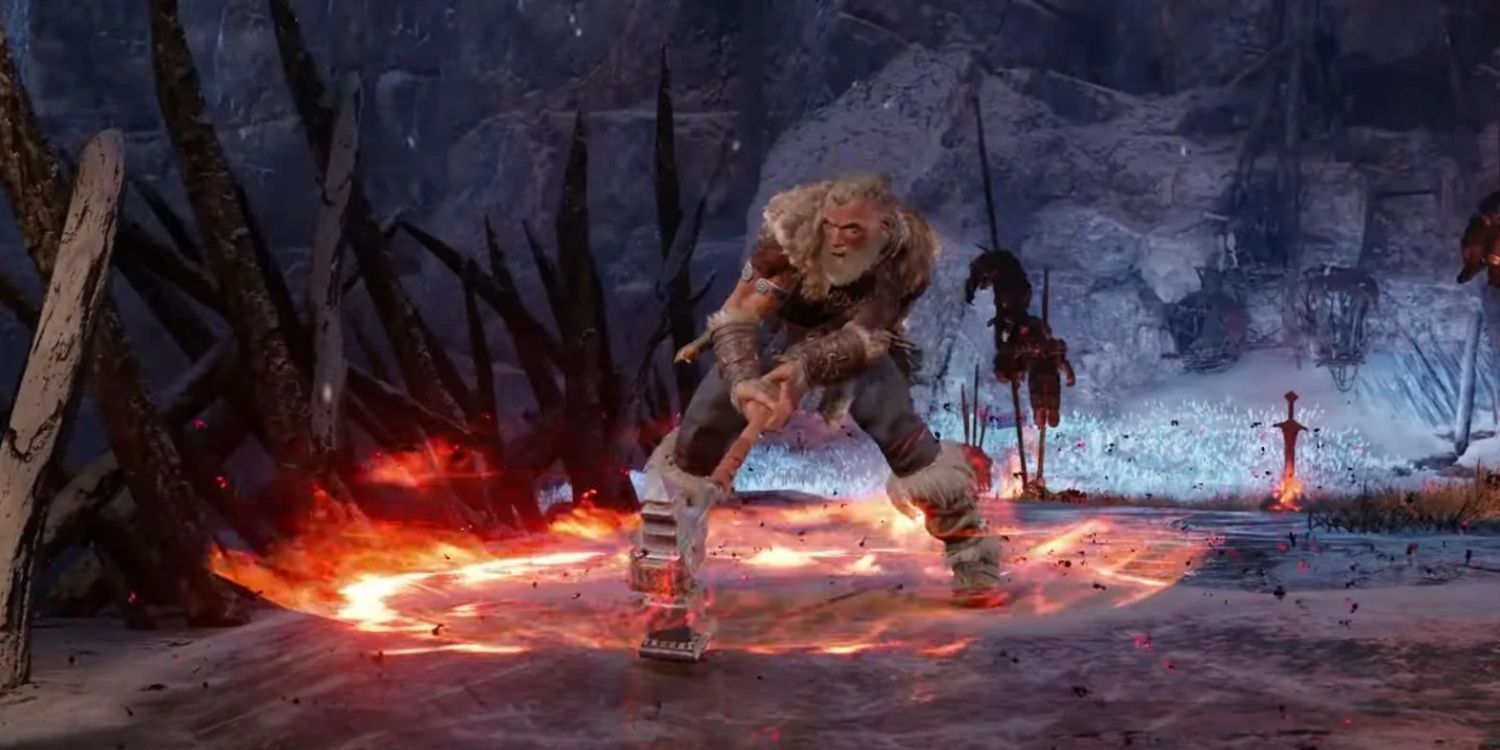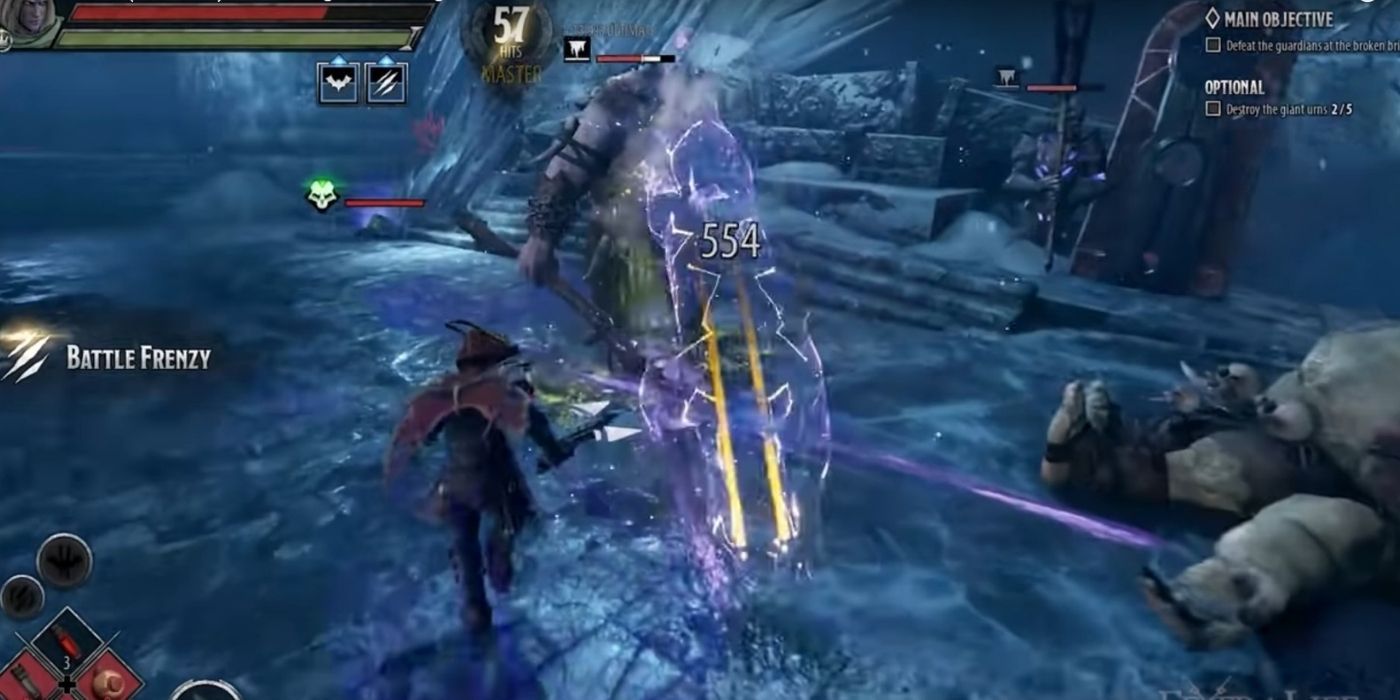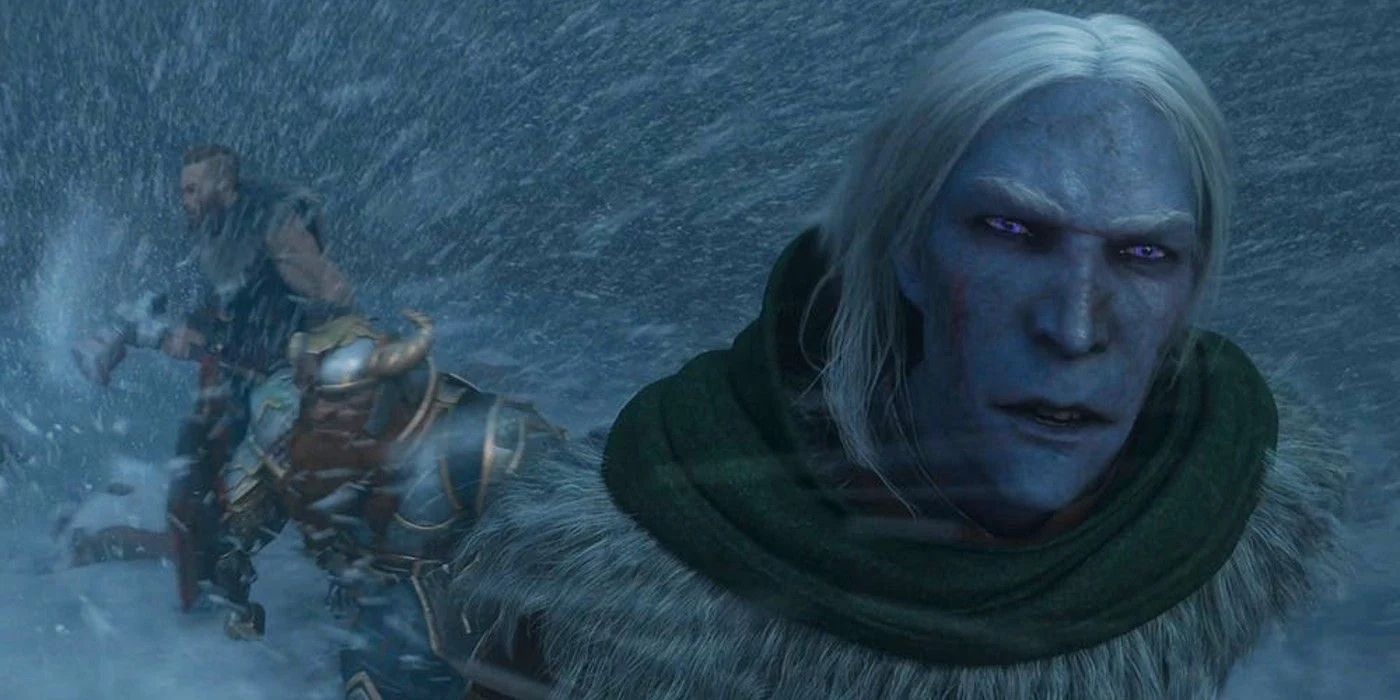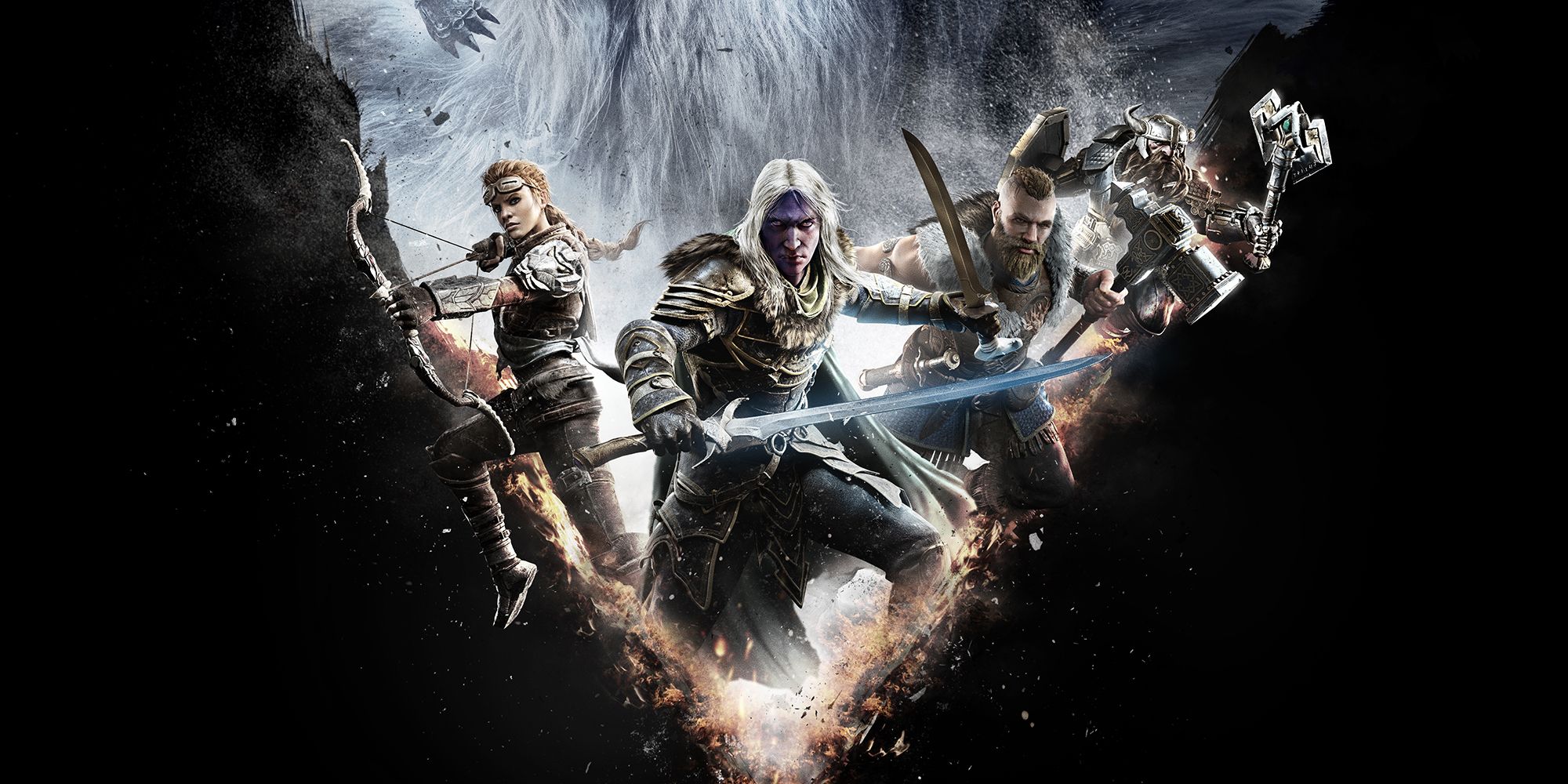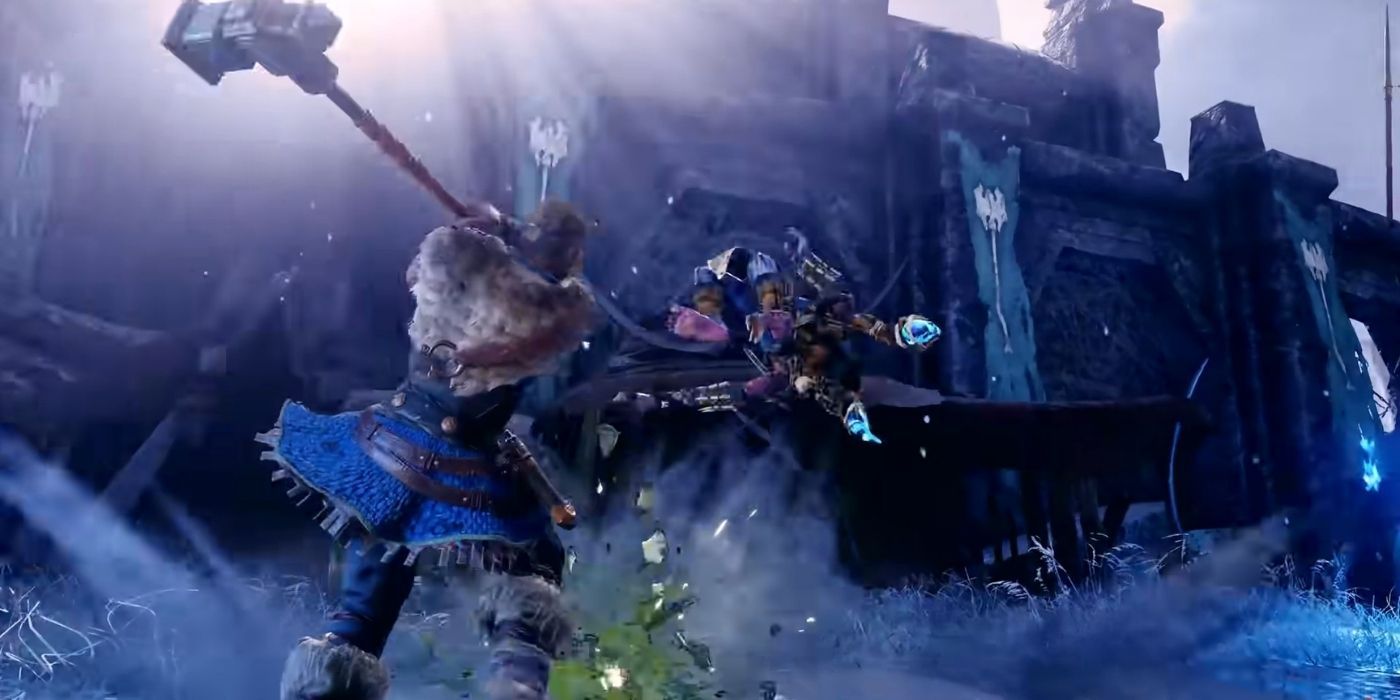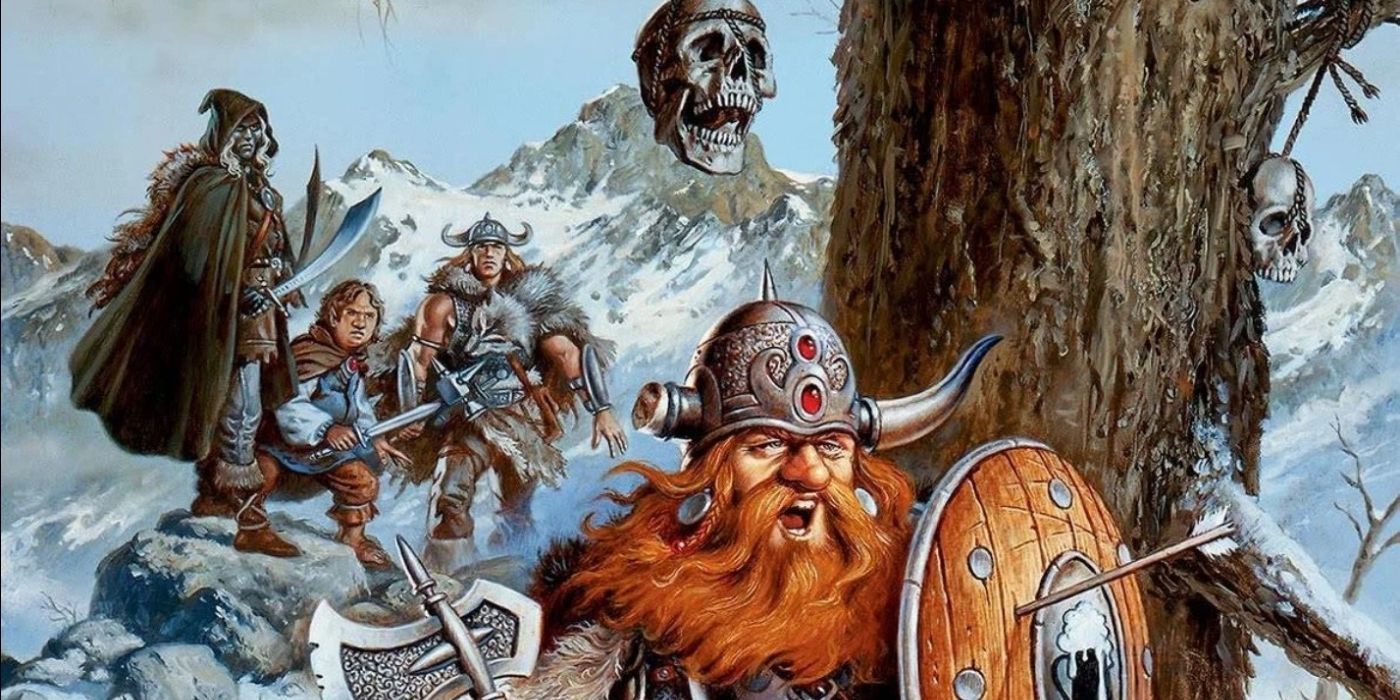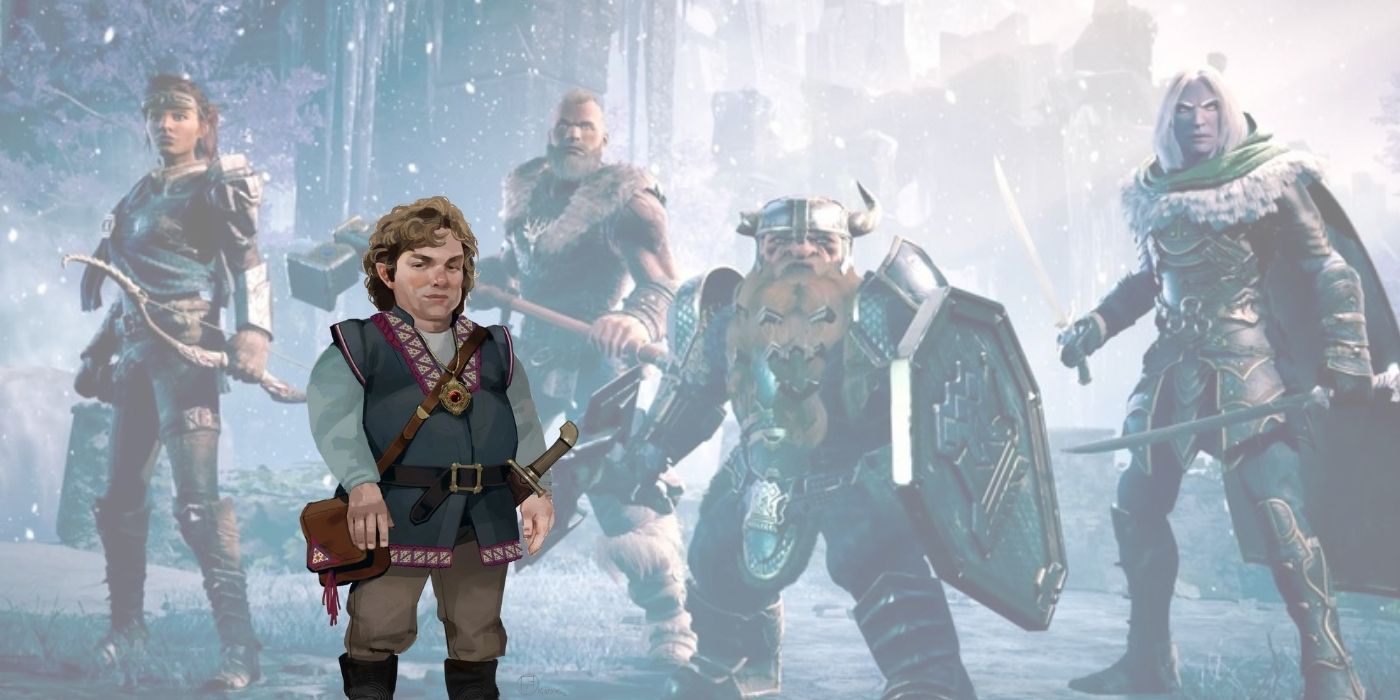Over the years, Dungeons & Dragons has inspired quite a number of video games that are widely regarded as critical successes. Titles like Baldur's Gate, Neverwinter Nights, and Planescape: Torment are all still praised two decades after their initial releases. Dark Alliance, the newest D&D video game, will not be fondly remembered in the future. In fact, unless there are some patches made soon to fix its many issues, the best Dark Alliance can hope for is to be forgotten.
This is really unfortunate, as there are some things about the game that are quite excellent. In fact, many people will still find a lot to enjoy about it. As such, it is good to know whether you are likely to be among the people who will benefit from this flawed-but-compelling fantasy thriller.
10 It’s Set In The Forgotten Realms
There are a handful of established worlds within Dungeons & Dragons, each with their own lore, characters, and aesthetics. The most popular of these is the Forgotten Realms, a campaign setting many players know and love.
The popular games Baldur’s Gate and Neverwinter Nights take place in the Forgotten Realms. So do most of the books released for D&D 5th Edition. Locations within the Realms include the crowded city of Waterdeep, the frozen tundra of Icewind Dale, and treacherous caves of the Underdark, all of which may be familiar to players.
9 It Was Released With Very Noticeable Bugs
As was stated before, the game had some serious issues due to being developed under the constraints of Covid. It was released with plenty of bugs and glitches.
Sometimes, characters will respawn with most of their physical features having not loaded, so your character might just appear on screen as a couple pieces of clothing and a weapon floating in the air. A character can also respawn into a boss fight only for the boss to mysteriously be invisible. Even more seriously, sometimes you can beat a level, then have a glitch force you to restart that entire level from the beginning.
8 The Enemy AI Is Not Very Bright
There are quite a few problems with Dark Alliance. Some of them involve the game being developed during the COVID-19 pandemic, and therefore was underdeveloped as a result of the pressures that created. Others are creative choices the developers made that are questionable (at best). This particular example could go either way, but is worth noting.
There’s no polite way to put this: The enemies are really dumb. They will lose interest in a character who is not within a pre-designated area, so it is easy to run away without fear of being pursued. In fact, it is even possible to kill an entire group of enemies with ranged attacks without any of them reacting.
7 There Are Limited Save Points
Within each level, there are areas where you can take a short rest to heal. These serve as respawn points, saving progress within a level. But the only guaranteed way to save progress seems to be by completing an entire level, especially since some of the bugs can make it hard to pause the game.
This basically means that it’s possible to grind through enemies in this half-complete glitchy game without being able to take a break until an entire level has been cleared, causing any progress to be lost. Needless to say, that does not make for a good time.
6 You Can Play Either Single Player Or Co-Op
One of the nice things about the game is that it can be played either on your own or with your friends. This allows you to replicate the feeling of going into battle with an adventuring party in true D&D fashion using all four playable characters.
However, if you just want to hack at enemies on your own time and not bother with other people, that’s possible too. And if you beat a level in co-op, it will register as having been beaten when you use that same character while playing solo, a feature that not nearly enough games offer.
5 Co-Op Mode Is Only Available For Online Play
In the ancient times of yore, when the dwarves still ruled in Mithral Hall and the dark lords had not yet invented loot crates, it was possible for two people to plug controllers into a console and cooperatively play the same game together while sitting side-by-side.
These days, it’s known as local or "couch" co-op and it’s becoming increasingly rare. Dungeons & Dragons: Dark Alliance's co-op mode only works online. This means that if you want to play with your friends, they will also have to pay money for this game and deal with its glitches, limited save points, and poor enemy AI.
4 Drizzt & Catti-Brie Are The Fastest Characters
The drow ranger Drizzt Do’Urden is the most famous character in all of D&D, dual-wielding his scimitars on his many adventures. He was created by author R. A. Salvatore as the protagonist of his Icewind Dale. Another major character of these books is the human girl Catti-Brie, who grows to become a fearsome archer, wielding a magic bow.
These two are both playable characters in Dark Alliance, and they are designed for speed. Catti-Brie can kill multiple enemies from a distance while Drizzt is perfect for DPS melee moves, slicing up his foes in a frenzy.
3 Wulfgar & Bruenor Battlehammer Are The Strongest Characters
Two other characters who are fairly famous in the Forgotten Realms are the human barbarian Wulfgar and the dwarven fighter Bruenor Battlehammer— both of whom are also playable in Dark Alliance.
These guys are the power houses of the game. They’re meant to deal heavy melee damage and soak it up. They can get overwhelmed by faster enemies if they’re not careful, but they are classic tanks.
2 It’s Loosely Based On R.A. Salvatore’s Icewind Dale Novels
R. A. Salvatore released the first novel of The Icewind Dale Trilogy in 1988. This book, called The Crystal Shard, sets up the plot for Dark Alliance. It also introduced the world to the drow ranger Drizzt Do’Urden, arguably the most famous D&D character of all time.
Some levels of Dark Alliance are inspired by the second book in the series, Streams of Silver, but there are quite a number of liberties taken. Many major characters are missing. Other characters who make no appearance in the novels are ham-fistedly attached to the plot that the game draws from. Fans of Salvatore’s work will be disappointed.
1 Many Important Characters Are Missing
One of the most important characters of The Icewind Dale Trilogy is the halfling rogue Regis. In fact, the third book of said trilogy is titled The Halfling’s Gem, taking its name from a magical jewel that Regis stole. When players select a new character, they will immediately encounter a merchant who mentions Regis. But the halfling never appears in the actual game.
A number of other important characters also fail to make appearances, including most of the villain fans will be expecting. On top of that, some of the major villains who do appear are all but unrecognizable. Video games and novels are very different mediums, but the fact that the game advertised itself as adapting the books makes these changes just feel like lazy writing.

